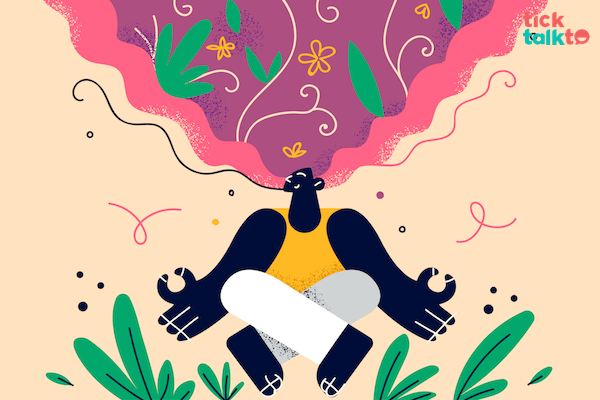Building Better Workplaces: The Power of Constructive Criticism
Let me narrate a small story on constructive criticism and how it helped an employee.Samantha had always been nervous about receiving feedback on her work. But when her supervisor, John, offered constructive criticism on her latest project, she was surprised at how helpful it was. With John’s guidance, Samantha was able to make improvements and deliver an even better final product. Thanks to John’s constructive criticism, Samantha felt more confident and motivated than ever before.Had Samantha’s supervisor not given her his genuine feedback in a constructive way she would have delivered average work and would never achieve her target. This was his responsibility being superior to get the best out of his employee, in the best possible way, without compromising on the work environment, productivity, and enthusiasm of the employee.Now, let me clear something up right off the bat. Constructive criticism is NOT the same as criticism for the sake of being critical. Constructive criticism is the feedback that is aimed at helping you improve and grow as a professional. It’s given in a supportive and respectful manner, to help you succeed. It’s a bitter pill given in a sugar-coated way, but this works miracles when given in the right proportion and at the right time.So, how do you give constructive criticism? Here are a few tips:Be specificConstructive criticism has to be direct, specific, and non-offensive yet should convey the exact message that you want to say. Instead of saying “Your work needs improvement,” give specific examples of what needs to be improved. For example, “Your report was well-written, but the data could use more analysis.”Focus on behaviour, not personalityDon’t attack someone’s character or personality. Instead, focus on the specific behaviour or action that needs improvement. The choice of words plays a major role in constructive criticism. A misused word can change the whole scenario from constructive to offensive. Hence, let your suggestions be a guide and pave the way for added productivity and improved performance. For example, “When you interrupt people during meetings, it can make them feel undervalued.” This will bring in the desired behavioral changes that you are looking for in your employee.Offer solutionsPinpointing the problems won’t work. One has to provide a solution for improving performance and to assure that past mistakes are repeated. Don’t just point out the problem, offer suggestions for improvement. For example, “Next time, try letting others finish their thoughts before chiming in.”Timing is keyChoose a time and place that is appropriate for giving feedback. Don’t do it in front of others, and make sure the person is in a receptive mood. As the saying goes, appreciate in front of everyone, but correct the person when you are alone.Now, let’s talk about receiving constructive criticism. It can be tough to hear that you’re not meeting expectations, but it’s important to remember that it’s not a personal attack.Here are a few tips for receiving feedback:Listen activelyListening is the first step toward learning and growth. Don’t interrupt or argue. Listen carefully to what the person is saying and ask questions for clarification if needed. If needed take the criticism with a pinch of salt and try to absorb the unheard. Try to understand what your senior is trying to convey.Take it seriouslyDon’t dismiss the feedback or brush it off. Take it seriously and consider how you can use it to improve. Work on the suggestions and try not to repeat them and try to grow out of the mistakes. Don’t hold grudges against the person, genuine feedback will always help you grow. Believe this!Thank the personTake the feedback positively. Timely feedback is always helpful to escape further mistakes. It’s not easy to give feedback, so be sure to thank the person for taking the time to help you grow.Follow upAfter receiving feedback, take action to improve and follow up with the person who gave the feedback to show that you’ve taken it to heart. Working on the feedback will show your commitment to the work and improvement.Constructive criticism can be a powerful tool for professional growth and development. By giving and receiving feedback in a respectful and supportive manner, we can all become better professionals and achieve our goals.How constructive criticism affects one’s mental well-being performance and productivity?Constructive criticism can have both positive and negative effects on one’s mental well-being, performance, and productivity, depending on how it is given and received. Constructive criticism, when given in a supportive and respectful manner, can have many positive effects on an individual’s mental well-being in the workplace. Here are some of how constructive criticism can be beneficial:
In summary, constructive criticism can have many positive effects on an individual’s mental well-being in the workplace. By promoting a growth mindset, enhancing confidence, increasing self-awareness, and fostering positive relationships, constructive criticism can lead to improved job satisfaction, productivity, and overall well-being.Constructive criticism can increase productivity in several ways. Here are some of how constructive criticism can be beneficial for productivity in the workplace:
In summary, constructive criticism can have many positive effects on productivity in the workplace. By clarifying expectations, promoting learning and development, motivating improvement, and encouraging collaboration, constructive criticism can lead to more efficient, effective, and high-quality work.Negative effects of constructive criticism on a person’s mental well beingWhile constructive criticism can be beneficial when given in a respectful and supportive manner, it can also have negative effects on a person’s mental well-being if it is not delivered appropriately. Here are some of the potential negative effects of constructive criticism:
In summary, while constructive criticism can be beneficial for growth and improvement in the workplace, it must be delivered in a respectful and supportive manner. If not, it can have negative effects on a person’s mental well-being, including decreased self-esteem, increased stress, resistance to feedback, and decreased motivation.Final wordConstructive criticism is all about delivering feedback in a positive and supportive way that promotes growth and improvement. When done right, it can increase productivity, promote learning, and boost confidence. But when delivered negatively or critically, it can have the opposite effect. So, let’s remember to approach criticism with an open mind, stay focused on specific behaviors, and use feedback as an opportunity for growth and development. With the right mindset, constructive criticism can be a powerful tool for success in the workplace.

 Lavanya Vallabh
Lavanya Vallabh
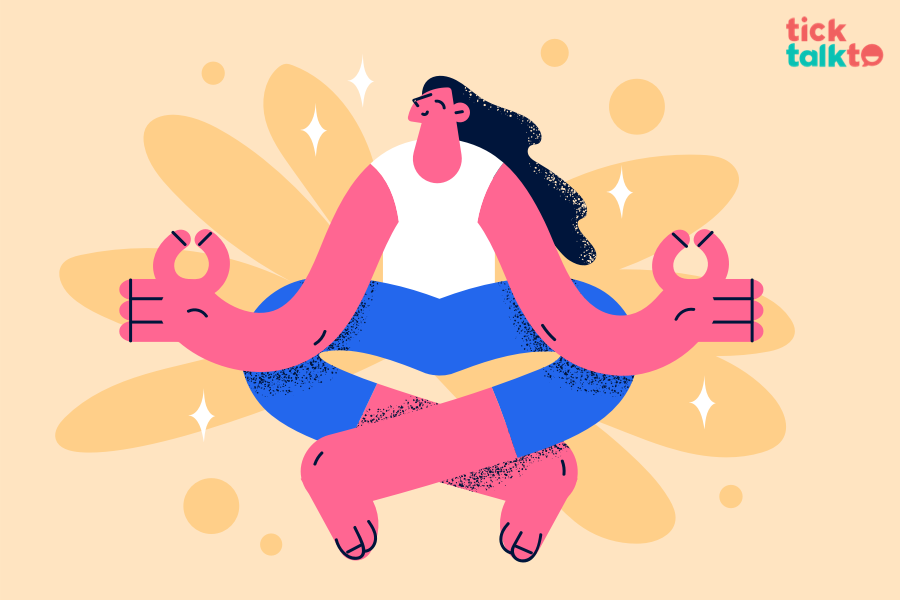

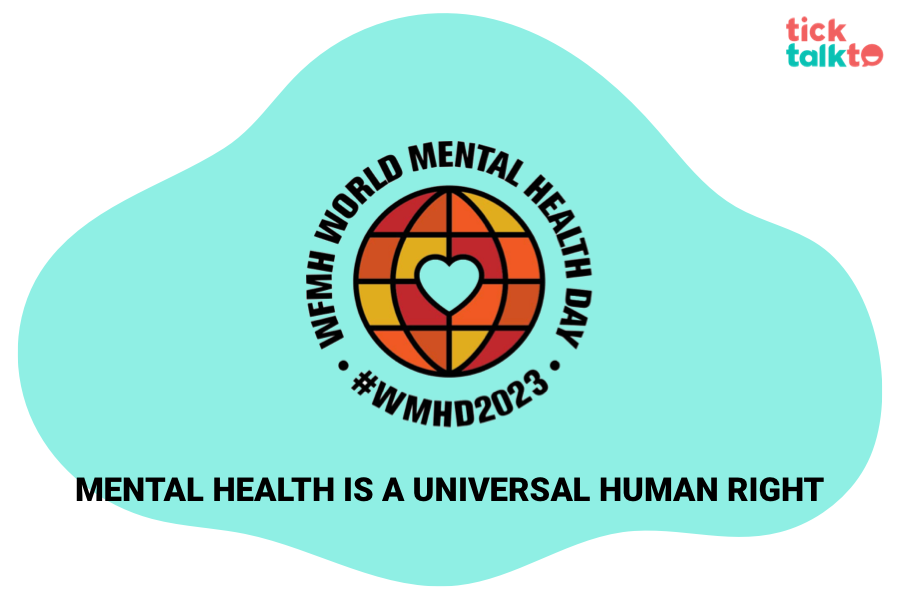
 Abhay Singhal
Abhay Singhal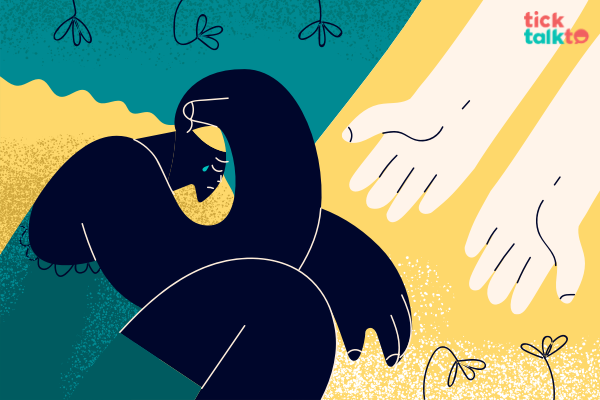
 Smitha Prasani
Smitha Prasani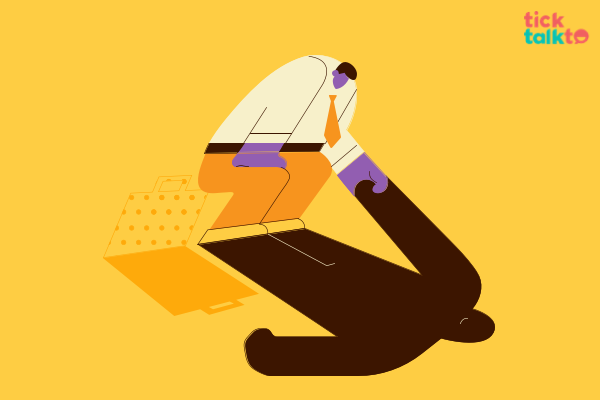
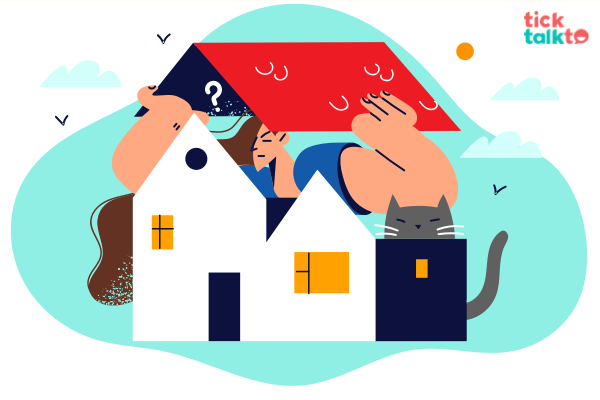
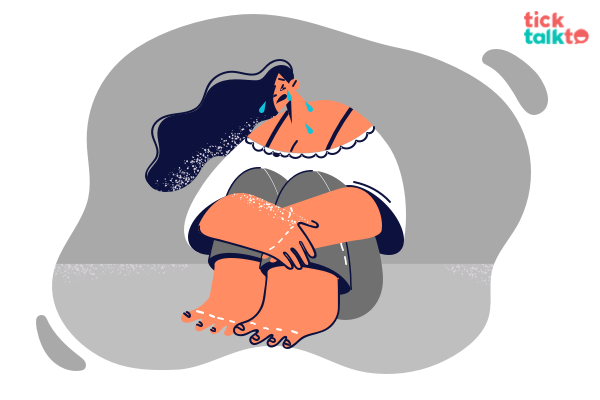

 Sejal Sharma
Sejal Sharma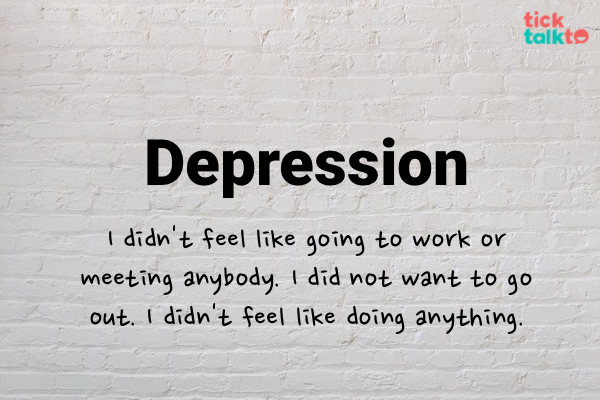

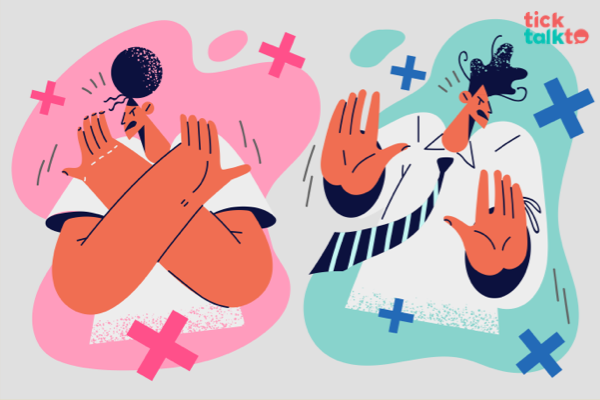
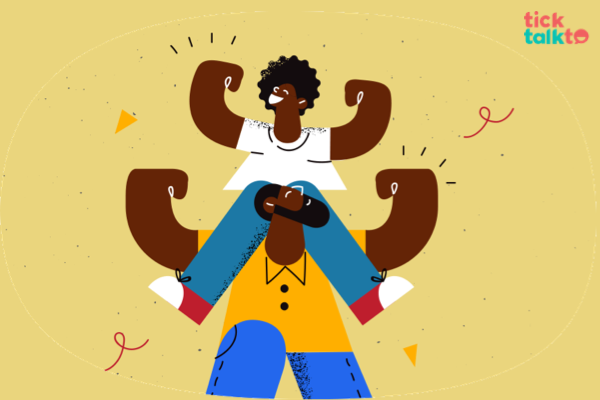
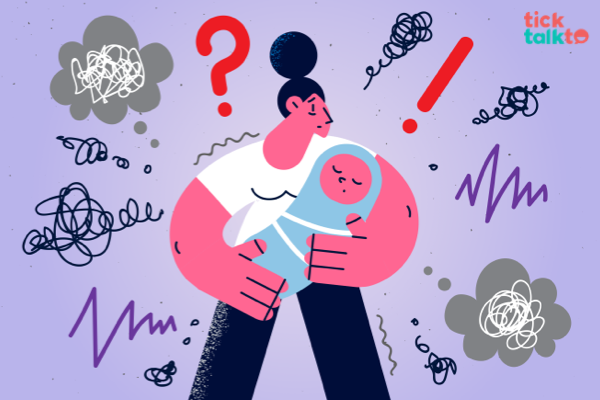
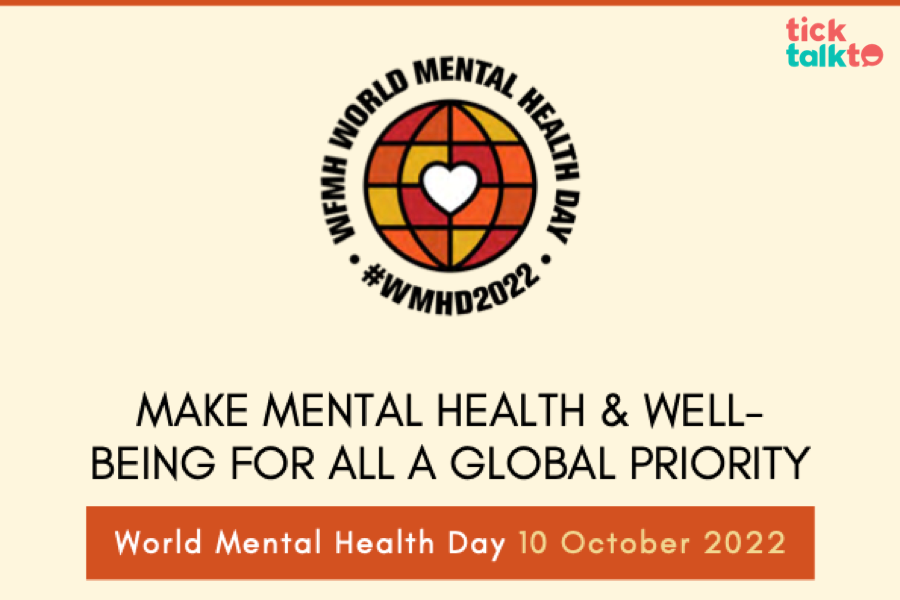
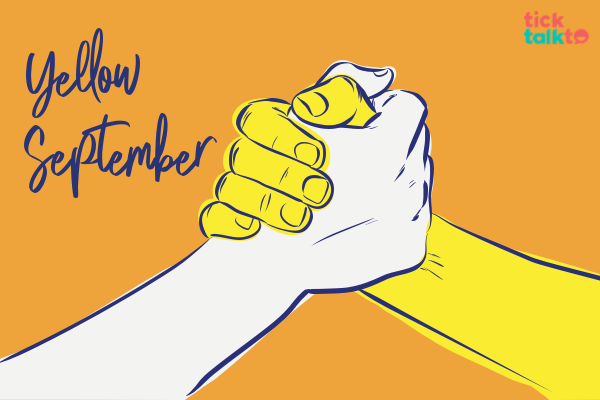
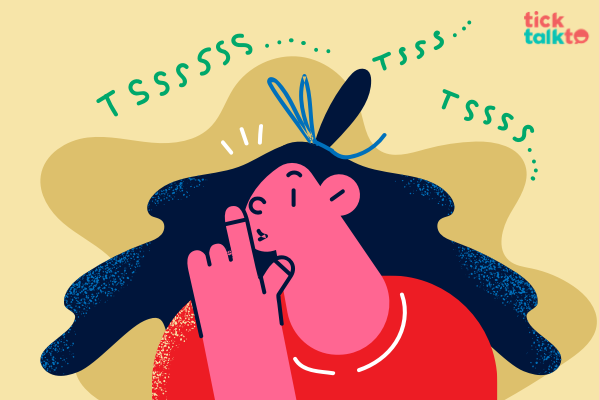
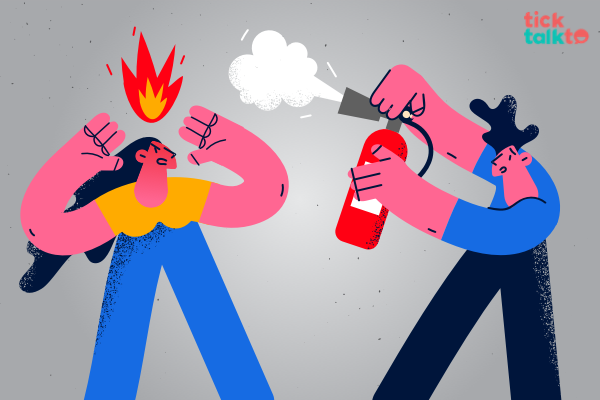
 Yashika Agarwal
Yashika Agarwal
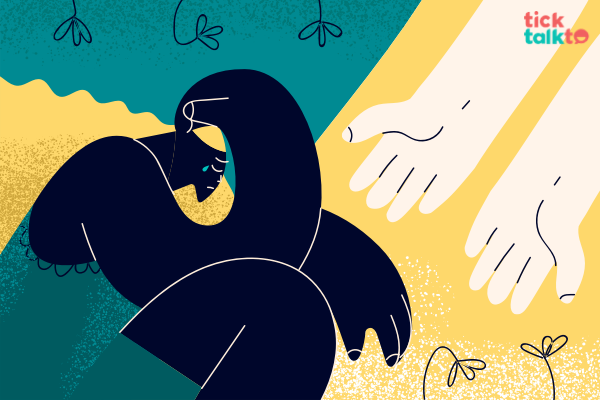
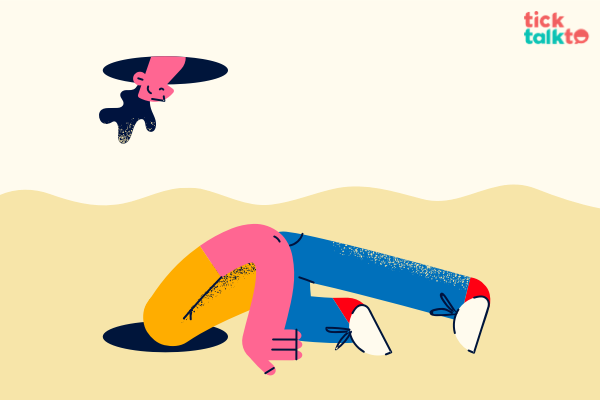
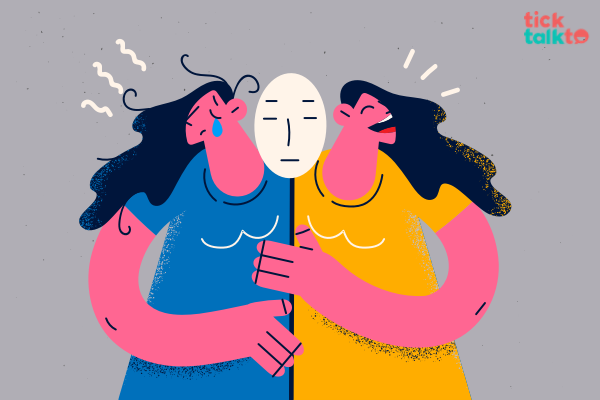
 Mridula Sharma
Mridula Sharma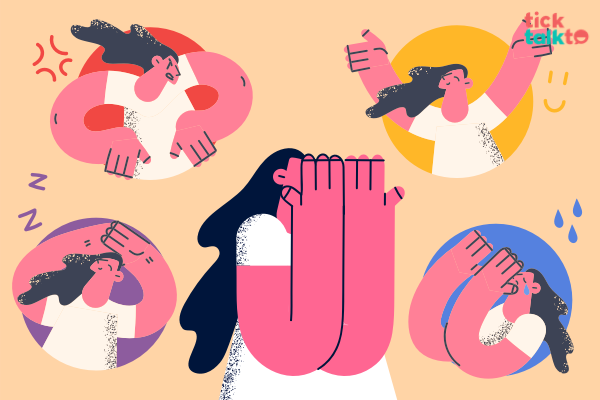

 Aiman Shaikh
Aiman Shaikh
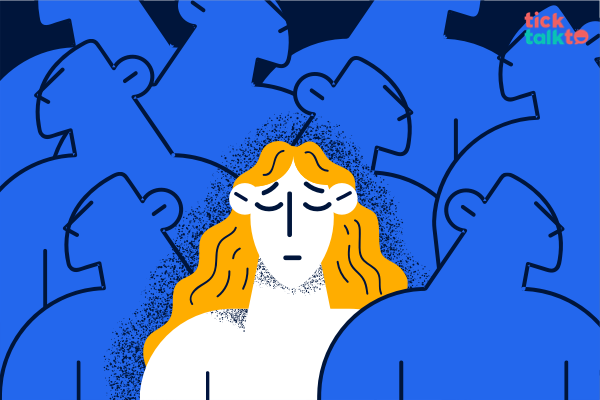
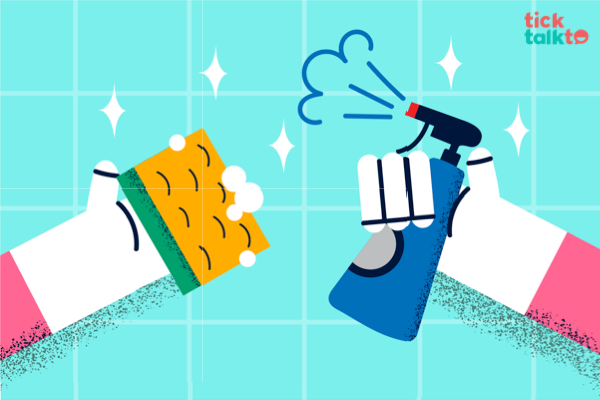


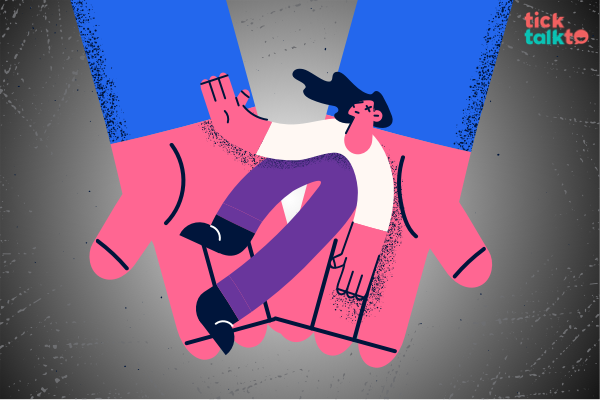
 Navjot Dhillon
Navjot Dhillon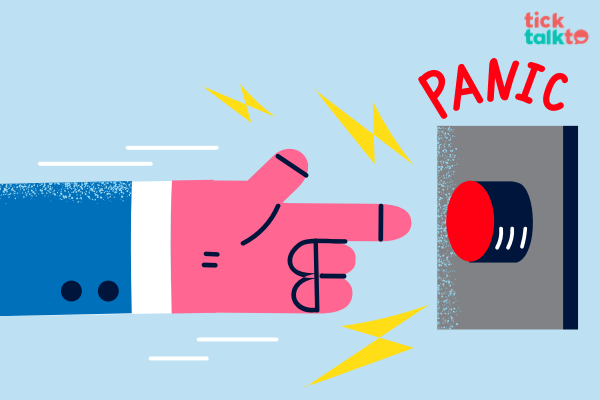
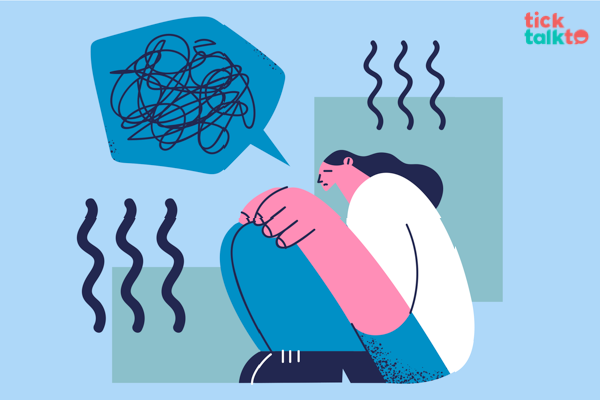
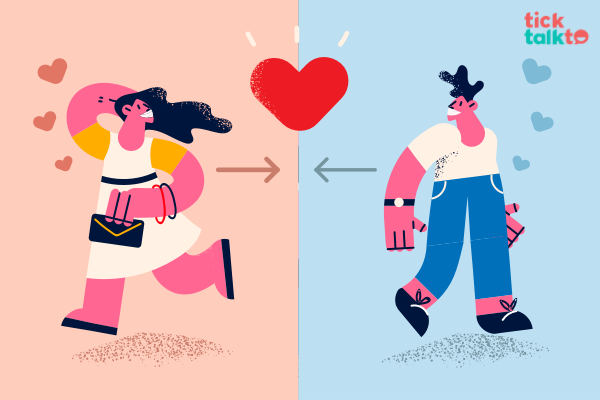
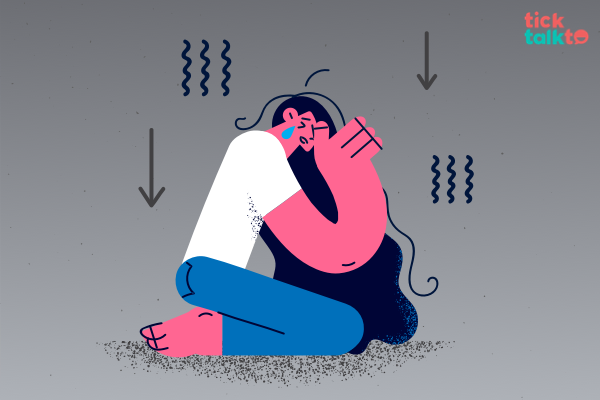
 Mihul Narad
Mihul Narad

